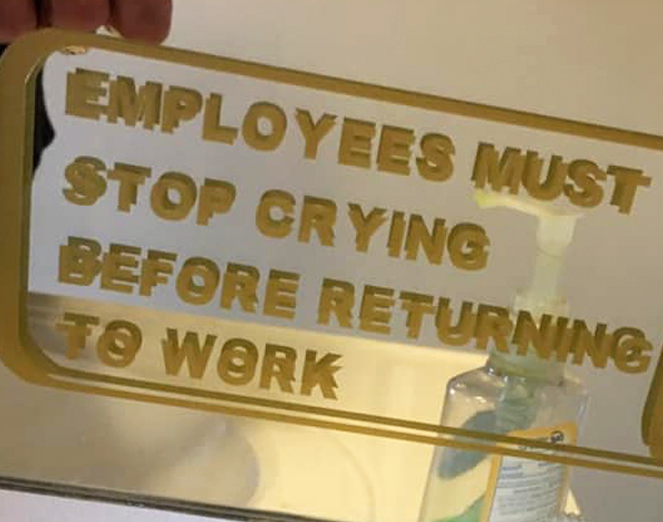

I’m aware, though there’s some nice integration stuff that means you can run GUI applications and share the file system
Interesting fact WSLv1 was actually not a VM and it was the NT kernel speaking POSIX


I’m aware, though there’s some nice integration stuff that means you can run GUI applications and share the file system
Interesting fact WSLv1 was actually not a VM and it was the NT kernel speaking POSIX


Oh yeah, I’d say Windows in general just chomps through RAM, but there has been some times that WSL takes it to chrome-like levels


Technically the “Linux on Mac” is Unix based and not Linux, but I agree the dev experience is nicer on my Mac than Windows given the choice. Also rather than docker you can use the WSL stuff on Windows for a much closer to normal Linux dev setup (with a few weird edges).
I end up regularly using all three OSes, so it’s helpful you can finally get a serviceable dev environment on any of the common non-mobile OSes now.


Whenever I develop on Windows, I just use the built in Linux.
Tbh that’s the 80s and why these companies all exist today, Japanese economy was kinda peerless at the time.
You’re also forgetting the likes of Toshiba, Toyota & Fujitsu, who are also still very dominant in their respective areas.
Fujitsu is the one least attached to the consumer market, but what people don’t realise is a surprisingly large number of government supercomputer systems across the world run on Fujitsu systems. They don’t really have any competitors in that space any more.
A tonne is 1000kg, any other measurement sounding like it is mental illness


First they came…


It wasn’t that hard to cancel. People are just dumb
If a subscription is harder to cancel than it is to sign up, that’s anti-consumer. It’s not really anything to do with anyone’s intelligence.


Well, my wedding gifts are usually proportional to what I imagine the couple have already spent for me to be there.
Someone who throws a wedding with accommodation and everything else all taken care of is going to get a bigger gift than one where I’m just invited to the evening do.
I guess the invite cost something to send so I suppose their gift would probably be about 50p max, if I could even bring myself to send anything.
Funnily if I wasn’t invited to a wedding of a friend for whatever reason and they didn’t send a card like this, I’d probably be more inclined to get a token gift as a congratulations anyway.
Something a little odd about something telling me how to eat it in a literal way


America is about to experience some real brain drain.
I guess Canada is best positioned to benefit


Mastodon will still be there when this one burns down too
Coelacanths are pretty cool


Damn, imagine if you went to every game
If I was a fan I’d be sat wondering why they’d been happily talking a 75+% profit margin from me after I’d already bought a ticket to be there.
If they could just not, when they feel like it


Why is the leader of the secular United States of America so frequently using religion as a fucking guiding force.
Add this to the bonkers situation where half your population are treating the incoming leader as a god emperor.
What century are you lot living in


deleted by creator


Not for everyone but political activism is a good outlet, be it protests or volunteering to help the election campaign of the opposition when it comes round again. Make sure everyone you know lays the blame in the correct place when shit inevitably hits the fan.
Other than that, get off corporate social media, rage bait is the most effective content for driving interaction, corporate social media algorithms are designed to maximise interaction. You will always be shown the worst of everything on social media.
Similarly identify where your news is coming from and if it’s coming from somewhere with a tendency to sensationalise. Cut anything like that out too.
It’s important to be informed yes, but it’s not essential to be aware of absolutely everything for most people, and if that’s better for your mental health, you should prioritise reduction in consumption.


Ur-Fascism was published in 1995 partly to document the modern fascist and draw lines to the originals.
Yes the term was first used a century ago, but unfortunately it hasn’t stayed in the past.
Yes this is exactly what I was thinking of, thanks!
Ah yes, I had forgotten this important documentary